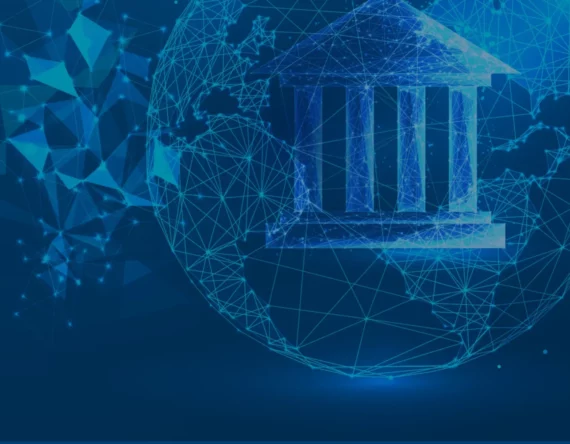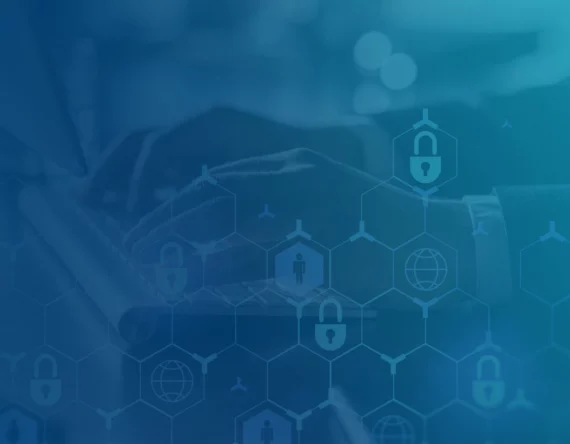The early months of a new year always present an opportunity to reflect on how an industry has advanced and where we’re headed. For cybersecurity professionals, 2023 marked the maturity of the government’s efforts and strategy for a more secure landscape. It also signaled that corporate boards, C-Suites, and other senior leaders must become more cyber-savvy in integrating cybersecurity into expanded dimensions of their businesses. The roll-out of the White House’s National Cybersecurity Strategy Implementation Plan and various new regulations such as the expanded scope of The New York Department of Financial Services (NYDFS) are evidence of this.
As many CISOs and cyber teams think about the year ahead, and legal professionals consider the far-reaching consequences of cybersecurity, here is a checklist to help them prepare for the biggest cybersecurity trends to come.
- Maintain incident readiness: At this time of year, remediation surrounds prior actionable or containable threats that were either missed or not thoroughly investigated due to staff shortage or alert fatigue during the end of year period. Focusing solely on issues of days past is misguided and can result in compounding issues for the business in the months and years to come.
- Continually measure your security: Consider better ways of showing ROI and effectiveness of security protections by showing the short- and long-term impacts of cybersecurity risk and mitigation. This begins with asking key questions around current and emerging risks and technologies.
- Review holistic organizational approaches: Address organizational weaknesses, including human factors or the insider threat, digital asset theft, and regulatory pressures. Assessing these risks will help to create a holistic, company-wide approach for effective risk mitigation.
- Embrace the regulators’ thought leadership: Recognize regulators’ enhanced understanding of the intricacies of emerging technologies. Have practices to mitigate the risk of substantial fines globally, aligning with regulators’ push for clearer insights into associated risks.
- Stay aware of the geopolitical and macroeconomic landscape: It’s no secret that conflict and geopolitical tensions have the potential to disrupt operations and impede growth. One of the biggest areas of focus in 2024 is the continued cybersecurity threat from geopolitical headwinds, including those from China, Russia, North Korea and Iran.
Read the full article on Law.com’s Cybersecurity Law & Strategy.







